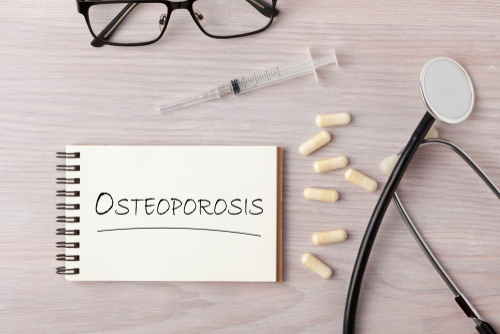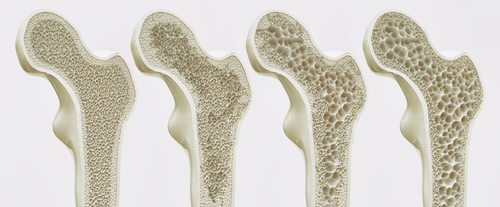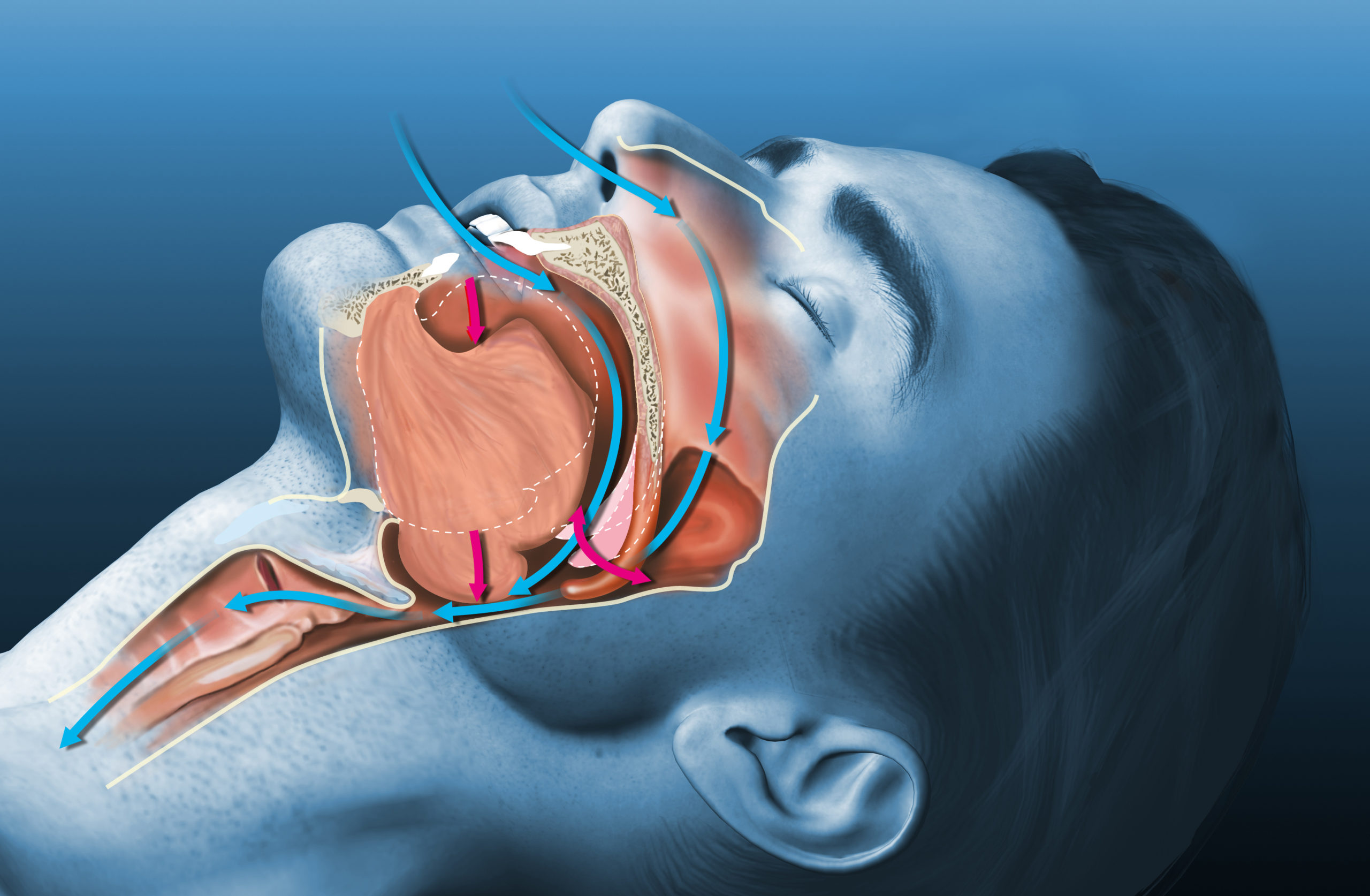
A new meta-analysis published in Osteoporosis International found that people with a regular tea habit may be lowering their risk for fracture.
“This meta-analysis included 16 studies, involving seven cohort studies and nine case-control studies, and the results indicated that tea consumption may be associated with a reduced the risk of fractures,” the authors wrote in sum.
The researchers queried PubMed, Web of Science, and Embase databases for relevant studies through March 2019. The final analysis encompassed data on 772,707 total patients and 37,166 fracture cases.
“The [pooled relative risks] (95% [confidence interval]) of fracture for the highest versus lowest category of tea consumption were 0.86 (0.78–0.94),” the authors found. “Subgroup analysis indicated significant associations in cohort studies (0.90 (0.86–0.94)) and case-control studies (0.77 (0.69–0.85)).”
Previous Research on Tea and Bone Health
Other studies have also found that tea may have a beneficial impact on bone health. A study published in the December 2017 issue of Medicine evaluated the link between drinking tea and osteoporosis.
“Tea is one of the popular beverages in the world. It has been widely used in medical field because it contains antioxidants such as catechins, thearubigin, theaflavin, and other flavonoids,” the researchers reported, adding, “So far, there is no report conclusively demonstrating the relationship between tea consumption and [osteoporosis]. In this report, we performed a meta-analysis of prospective cohort, case–control studies, and cross-sectional studies on the purpose of investigating the relationship between tea consumption and [osteoporosis].”
For this meta-analysis, the researchers queried PubMed, EMBASE and WanFang databases for data through March 30, 2016, using the keywords “tea and osteoporosis.” A total of 17 studies were included in the final analysis, of which 11 were cross-sectional, four were case-control, and two were prospective cohort studies. The researchers found that “the total [odds ratio] of osteoporosis for the highest versus the lowest categories of tea consumption was 0.62 (95% CI, 0.46–0.83), with significant heterogeneity among studies ([Cochrane] I2 = 94%, P < .01)”; fracture risk was also reduced in subgroup analyses. They reported no publication bias.
What About Coffee?
Studies evaluating the correlation between coffee and fracture risk have yielded mixed results. A study published in the July 2018 issue of Bone evaluated coffee’s effect on hip fracture risk in 63,257 Chinese adults aged 45–74 years living in Singapore. Participants filled out a food frequency questionnaire that included data on coffee and tea consumption; they were followed for a mean 16.7 years, during which time 2,502 incident hip fractures occurred.
There was no association between tea consumption and hip fracture, but regarding coffee, the study authors noted differences based on quantity: “Compared to coffee drinkers <1 cup/week, those who drank ≥4 cups/day had a statistically significant higher risk to develop hip fractures, the [hazard ratio (HR)] (95% CI) was 1.32 (1.07, 1.63) in the whole cohort analysis, 1.46 (1.01, 2.10) for men and 1.33 (1.02, 1.72) for women. Among postmenopausal women, compared to those who drank coffee <1 cup/week, drinking 2–3 cups/day was associated with the lowest risk [HR: 0.88 (0.76, 1.01)] and drinking ≥4 cups/day was associated with the highest risk [HR: 1.31 (1.00, 1.71)]. Similar associations with caffeine intake were found among postmenopausal women.”
An older study, published in the September 2013 issue of American Journal of Epidemiology, found a slight benefit in drinking coffee among women. A total of 61,433 women living in Sweden were included in the study. During follow-up (1987–2008), of the 14,738 women who sustained a fracture, 3,871 had a hip fracture. The authors wrote: “After multivariable adjustment, there was no evidence of a higher rate of any fracture (hazard ratio per 200 mL coffee = 0.99; 95% confidence interval: 0.98, 1.00) or hip fracture (hazard ratio per 200 mL coffee = 0.97, 95% confidence interval: 0.95, 1.00) with increasing coffee consumption. A high coffee intake (≥4 cups daily) versus a low intake (<1 cup daily) was associated with a 2%–4% lower bone density, depending on site (P < 0.001), but the odds ratio for osteoporosis was only 1.28 (95% confidence interval: 0.88, 1.87).”
Sources: Osteoporosis International, Medicine, Bone, American Journal of Epidemiology







 © 2025 Mashup Media, LLC, a Formedics Property. All Rights Reserved.
© 2025 Mashup Media, LLC, a Formedics Property. All Rights Reserved.